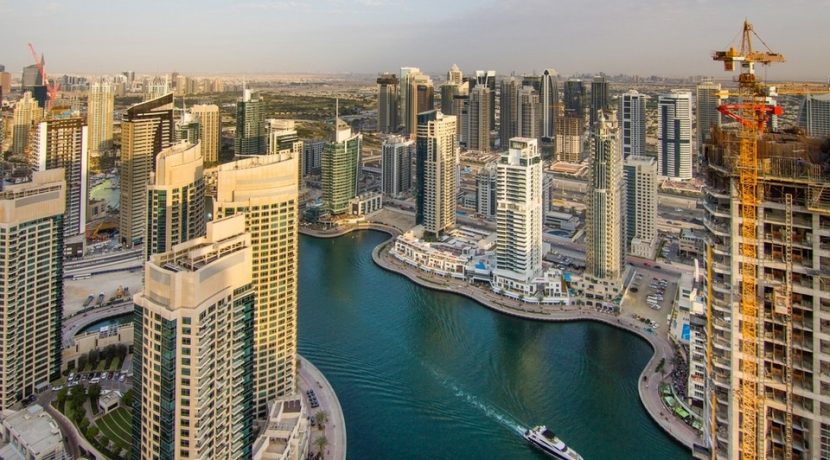Buyers interested in owning a home in Dubai will often have a long list of amenities that they will want in their immediate vicinity, and they will also be on the lookout for an attractive view outside their windows.
However, such options don’t come cheap, with Colliers International estimating that price premiums for simply being within a well-designed mixed use project can range from 15 per cent to 30 per cent in Dubai.
In its latest white paper, Colliers International noted that these percentages increase substantially when items such as developer brand, proximity to retail, education and healthcare, and more recently, walkability has been added into the equation. The synergy achieved by adding mixed-use elements to support a residential community can increase the attractiveness of the overall development, rent levels, sales volumes and both the investment value and the market value of the project.
Colliers’ data showed that prices are higher in communities that are dominated by single-family use and in which multi-family residential, commercial, retail and public park uses are distributed at ratios supportable by the community.
It is the added community infrastructure, such as nurseries, schools and clinics facilities, quality public realm that adds resonance, healthcare components and convenience retail in correct densities that converts a typical residential development into a sought after residential community. Dubai Marina and Emirates Living are two such examples of popular residential communities in Dubai. In the case of Dubai Marina, the community is currently achieving a 25 per cent price premiums over the average house prices in Dubai due to the retail, tram, and metro.
The total volume of transactions in the Dubai prime residential market in first quarter of 2017 was worth Dh3.4 billion, according to deluxe property brokerage LuxHabitat. Apartment sales accounted for 70 per cent of these transactions, with the Dubai Marina transacting approximately Dh595 million, followed by Palm Jumeirah (Dh378 million) and Downtown Dubai (Dh290 million).
Maria Morris, partner, residential sales UAE at Knight Frank, noted that the Palm Jumeirah is another location that is high on an investor’s agenda, especially those looking for long-term capital appreciation, well-designed and good quality products in prime locations.
“Similarly, demand for property in locations closer to Metro stations or main highways and in close proximity to retail and entertainment offerings [e.g. Downtown] is still strong.”
When it comes to homes with a view, Hussain Alladin, head of research at GCP Properties, disclosed that apartments with a sea view traded at a premium of 25 per cent compared to road view units. Similarly, in Downtown Dubai, apartments facing the Burj Khalifa were more expensive by 14 per cent.
“Using data from the Coastal Business Journal, we witness that over the last three decades, units with a view have out-performed dwellings with no view, as the premiums continued to expand exponentially. A similar dynamic can be witnessed in the Shoreline Apartments over the last five years as the spread between the sea and road view has increased by 63 per cent.”
All rights reserved to the initial publisher for Khaleej Times.
Collected and published by Arms &McGregor International Realty® editorial team. Get in touched with us at [email protected]

